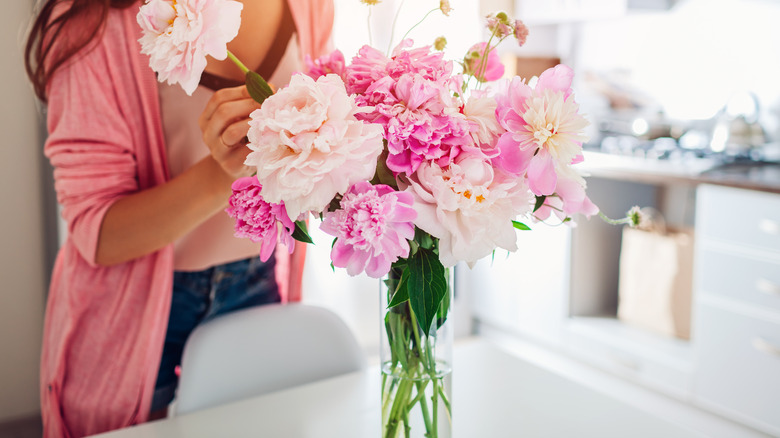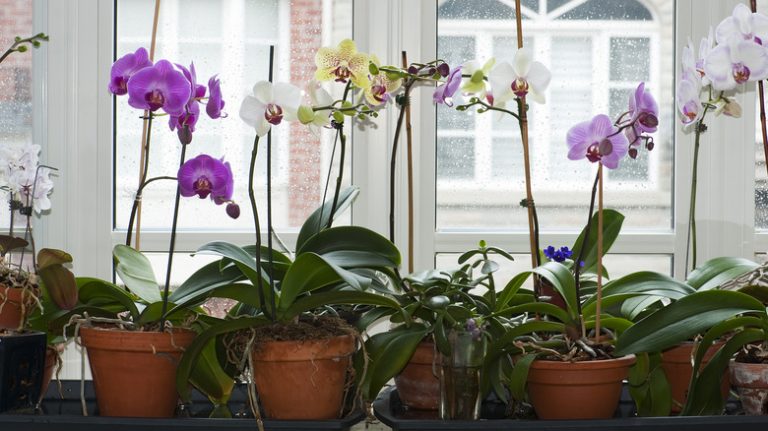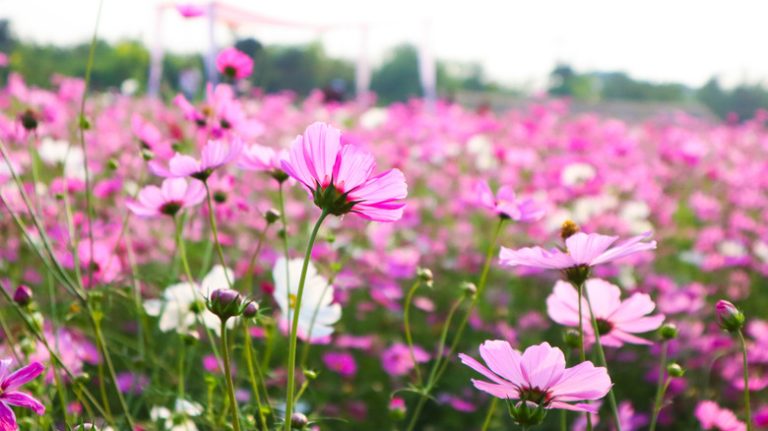Receiving cut blooms from a loved one is one of the kindest gestures. However, even after you place your fresh-cut flowers in a vase with water and pour in the small packet of flower food, they still don’t typically last very long. Flower food contains citric acid, bleach, and sugar and helps prevent bacteria from forming in the water while also increasing the flower’s sugar intake. The sweet treat gives the flowers the energy they need. Adding too much or too little flower food can damage the blooms. However, knowing how frequently you need to change the water is also extremely important. Folks usually change the water every few days, but you should ideally change it every day.
Leaving the same water in the vase increases the chances of bacteria developing. When you start smelling a foul scent that wasn’t in your house before, the culprit will almost always be the freshly-cut flowers. Sometimes, you can get away with changing the water every couple of days, but if bacteria starts forming from day one, the flowers won’t last another day.
Changing the water every day extends flower life

Cut flowers intake more water than potted flowers since they’re not in soil that stays moist for a few days, which feeds them the nutrients and water they need daily. In addition, flowers in soil have their roots attached, keeping them alive and healthy. In contrast, cut flowers rely on their stems to keep them hydrated. However, the stems are prone to rotting quicker when they sit in water for a few days; they need fresh water daily. Bacteria is more likely to build up on the stems the longer they sit in the water.
Keeping your cut flowers fresh longer requires a few simple steps. Before you put your flowers in the vase with water, cut the stem’s ends at a 45-degree angle to expose new tissues, making it easier for them to drink the water. You can trim half an inch every few days to continue exposing new tissue and removing old stem breakage. Moreover, remove any leaves that will touch or be submerged in water because they can create bacteria. Once you clean up your flowers, place them in the vase and fill it with water. Most flowers have instruction labels explaining how much water and food to put in the vase. Avoid adding too much water since you’ll be changing it every day. Finally, choose a cool, shady location to display your flowers, as heat and sunlight can age and dry them out faster.


